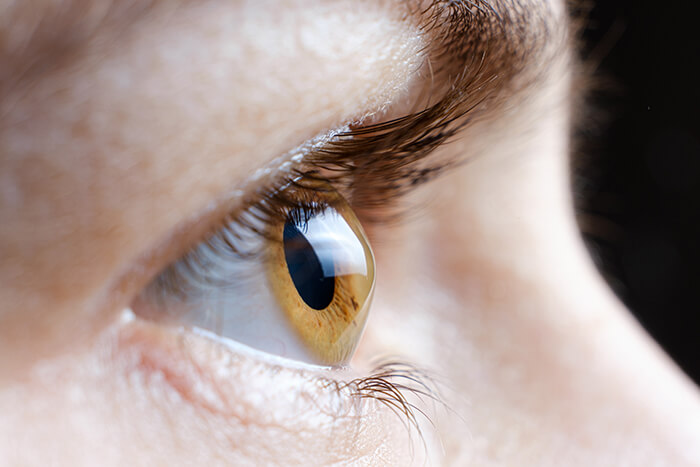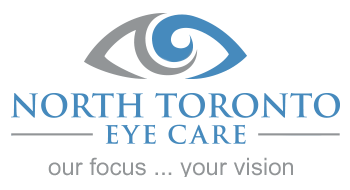Cornea
Click Here For More Information
The cornea is the clear dome-shaped surface that covers the front of the eye. It plays a key role in the focusing of light rays as they pass into the eye.
Common disorders of the cornea include dry eye, keratoconus, corneal infections, corneal dystrophies, and pterygiums.
Keratoconus
Keratoconus is a progressive eye disease where weakened collagen fibres within the cornea cause it to thin and protrude into a cone-like shape resulting in blurred vision. It has been linked to certain genetic factors and a history of eye rubbing, but is without a definitive cause.
Treatment depends on the severity of the condition, the age of the patient and how quickly it’s progressing.
Dr. Theodore Rabinovitch and Dr. Lam at North Toronto Eye Care have helped provide keratoconus patients with innovative options and emerging treatments that help correct or even halt the progression of the disease.

Causes of Keratoconus
Although many theories have been proposed, there is no definite known cause of keratoconus. Possible causes include genetics, a collagen deficiency, overexposure to ultraviolet (UV) rays from the sun, or excessive eye-rubbing.
Sign and Symptoms of Keratoconus
Keratoconus often begins to develop in the teen years to the early 20s, although it can develop at any age. Changes in the shape of the cornea occur gradually, usually over several years. In most patients with keratoconus, both eyes eventually become affected.
Keratoconus can be difficult to detect because it usually develops very slowly. Signs of keratoconus may include:
- Distorted and blurred vision
- Myopia (nearsightedness)
- Astigmatism
- Double vision
- Headaches due to eye strain
- Glare
- Light sensitivity
Dr. Rabinovitch will measure the curvature of your cornea to determine whether these symptoms are a result of keratoconus.



